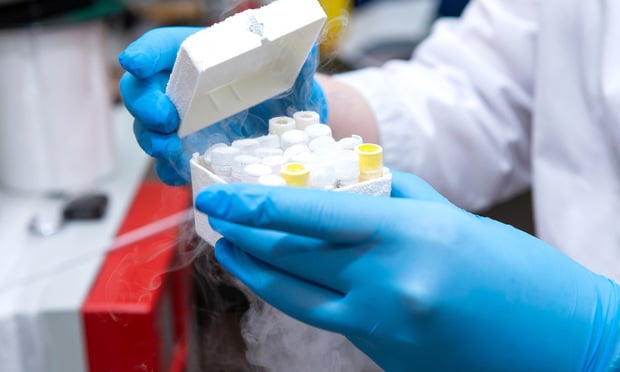 More than 430,000 people have died from opioid overdoses since 2000, according to figures from the Centers for Disease Control. (Image: Shutterstock)
More than 430,000 people have died from opioid overdoses since 2000, according to figures from the Centers for Disease Control. (Image: Shutterstock)
It wasn't just Purdue Pharma that has been blamed for leading the nation into a spiraling opioid crisis; it had plenty of help, according to the Associated Press.
Drug Enforcement Administration records indicate that most of the 76 billion oxycodone and hydrocodone pills that flooded U.S. pharmacies from 2006 to 2012 were generics, and the annual number increased by more than 50 percent during that period.
Recommended For You
Complete your profile to continue reading and get FREE access to BenefitsPRO, part of your ALM digital membership.
Your access to unlimited BenefitsPRO content isn’t changing.
Once you are an ALM digital member, you’ll receive:
- Breaking benefits news and analysis, on-site and via our newsletters and custom alerts
- Educational webcasts, white papers, and ebooks from industry thought leaders
- Critical converage of the property casualty insurance and financial advisory markets on our other ALM sites, PropertyCasualty360 and ThinkAdvisor
Already have an account? Sign In Now
© 2025 ALM Global, LLC, All Rights Reserved. Request academic re-use from www.copyright.com. All other uses, submit a request to [email protected]. For more information visit Asset & Logo Licensing.








